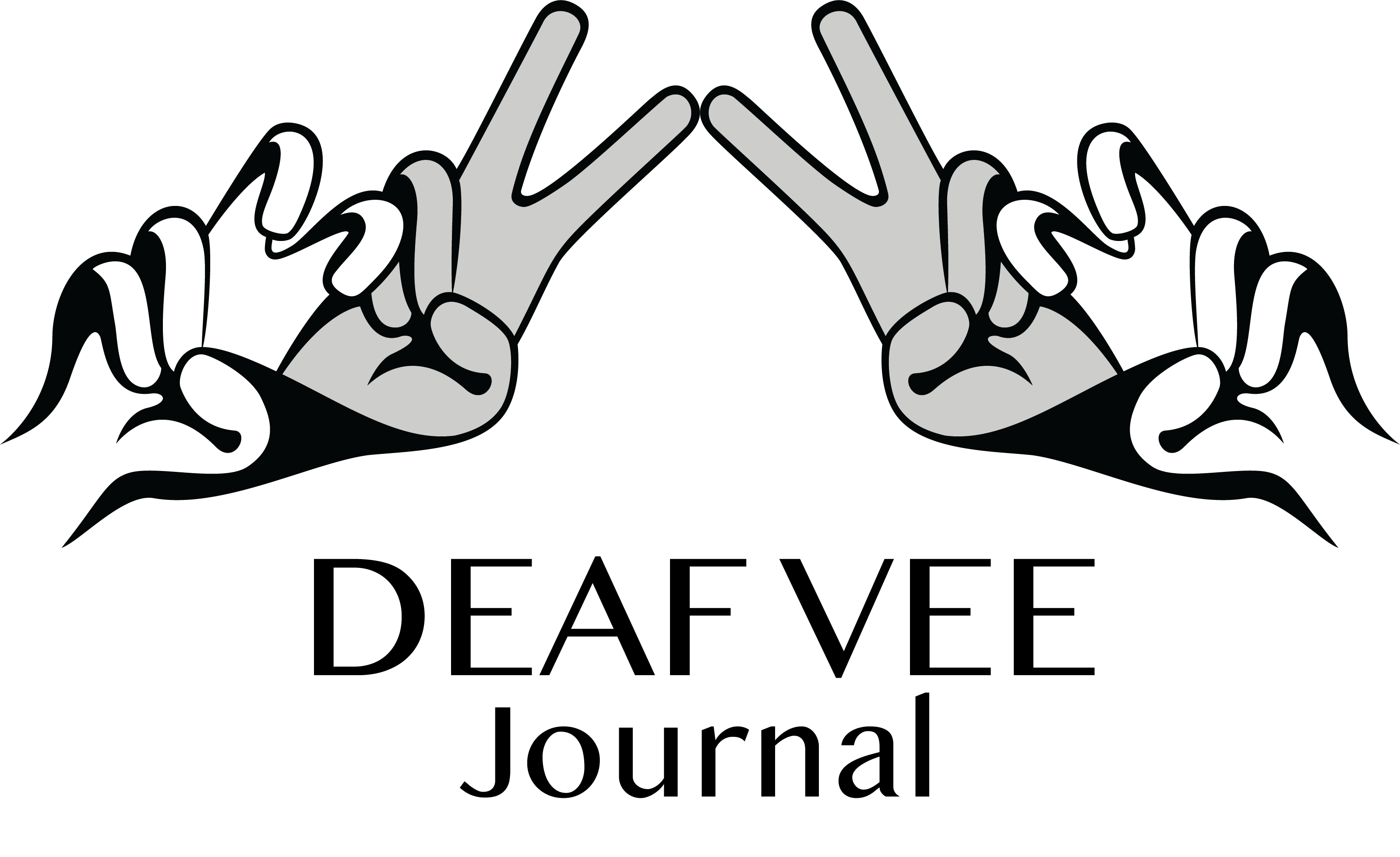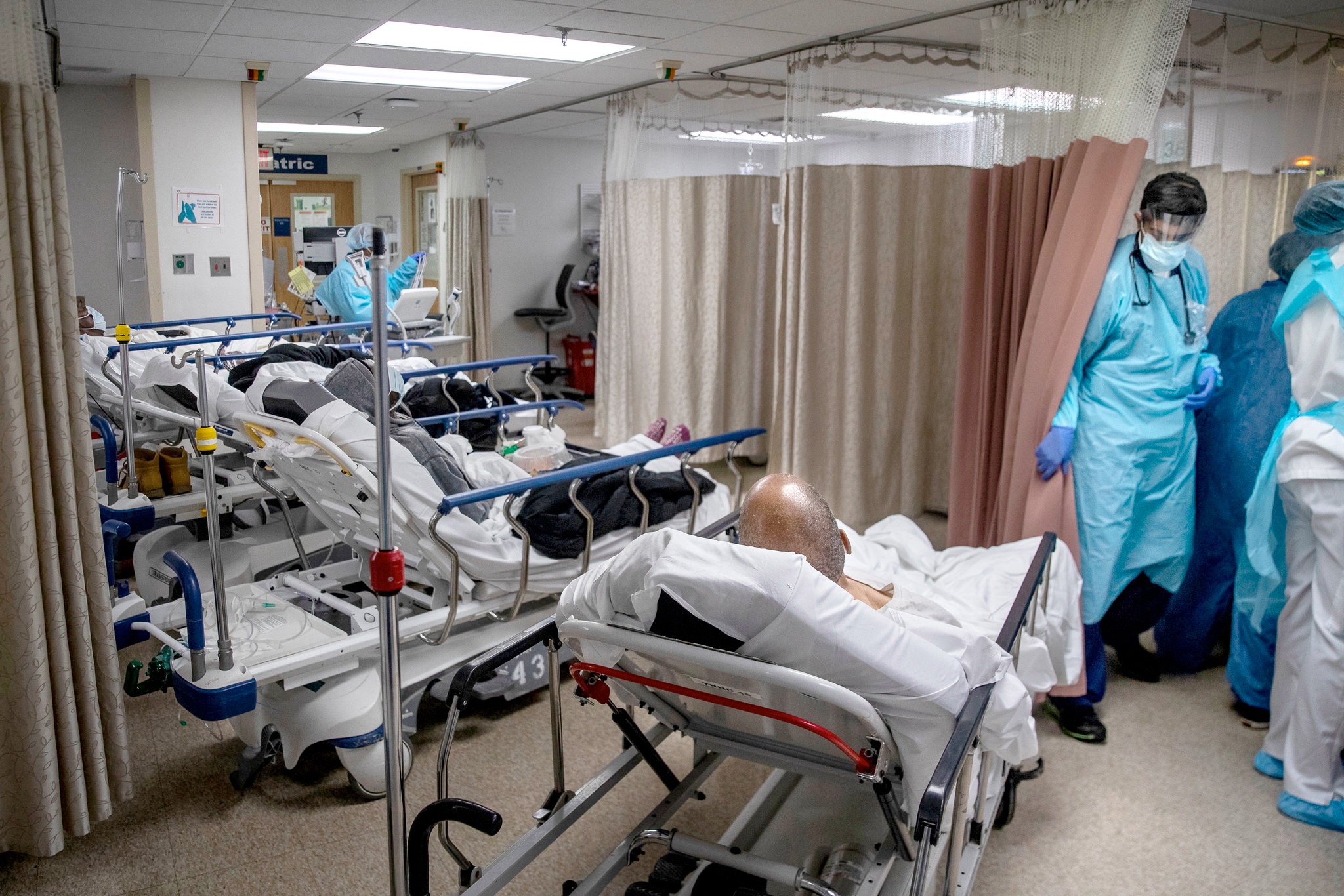My husband’s whole body weighed down on me as we made our way through the front entrance to the emergency room department. It took what seemed like forever to travel only 30 steps to the receptionist’s desk, as he grimaced with continuous screams of pain from the severe migraine he was experiencing. The receptionist reared her head in response to the noise and noted the tears running down his face as he clenched his head, trying to increase pressure. Make the pain stop.
Immediately we were taken into triage where the nurse checked his blood pressure and started asking questions. Both of us shook our heads and indicated we were Deaf. I whipped out a notebook and pen from my purse and wrote, “We need an ASL interpreter.” We were placed in a treatment room, and I was assured that we would have interpreter services as soon as possible.
We had envisioned a live, in-person interpreter… and instead, this nurse wheeled in this huge, clunky machine and powered it on.
Not again. I let out a loud, frustrated sigh. I had been here at this hospital before, and it was not the first time the personnel used VRI services with us. I just knew that the video quality would be downright lousy, since our treatment room was right in the center of the emergency unit floor where the internet signal was so poor it barely registered at one bar. The VRI device had technical difficulties connecting, and the screen continued to flicker as I strained to see the interpreter. As the VRI device was in a fixed position, it was not possible to adjust the screen for the interpreter to see my husband signing. I pointed this out to the on-duty physician, only to be put in the awkward and stressful position of facilitating the conversation between the interpreter and my husband.
My husband’s migraine made his light sensitivity worse, and any natural or electronic source of light provoked a painful, burning sensation in his eyes. The ceiling light was dimmed to reduce the room’s overall brightness for him, and the brightness of the VRI device was all the more striking. The physician knew about my husband’s light sensitivity and saw him doubled over in pain, obviously squinting his eyes, and yet they expected him to be able to tolerate the emitting light and see the interpreter?? This was all a nightmare, and I found myself consumed with anger.
This is Valerie Lancer’s story from Tucson, Arizona. Six full-service hospitals are evenly spread out through the city of Tucson, but none of them have shown any initiative to provide in-person interpreters for Deaf* patients since the spread of VRI services as an option.
VRI services have been in use throughout the United States for years, quickly becoming the main replacement for in-person interpreters. Sure, spoken language banks are effective for hospitals when there are patients who speak Mandarin or Tagalog in the middle of the desert. American Sign Language [ASL], however, is a language that uses visual cues and the screen must be clear. Section 1557 of the 2010 Affordable Care Act [ACA] clearly establishes that healthcare providers must honor the patient’s request for an on-site interpreter unless the said provider can prove that their VRI services are effective. Section 1557 of the ACA incorporates the four criterion items that must be met in order for VRI to be considered “effective communication” from the finalized 2010 regulations of the Americans with Disabilities Act [ADA].
If VRI services are chosen, all of the following performance standards are mandated:
- real-time, full-motion video and audio over a dedicated high-speed, wide-bandwidth video connection or wireless connection that delivers high-quality video images that do not produce lags, choppy, blurry, or grainy images, or irregular pauses in communication;
- a sharply delineated image that is large enough to display the interpreter’s face, arms, hands, and fingers, and the face, arms, hands, and fingers of the person using sign language, regardless of his or her body position;
- a clear, audible transmission of voices; and
- adequate staff training to ensure quick set-up and proper operation.
If one of the four standards is not met at any point during the time of use with the patient, it is automatically considered a service failure. Even if VRI services do fulfill all the standards as described above, it is still not ideal for persons who are DeafBlind (or Deaf with close/low vision), DeafPlus, patients with migraines, patients with light or electromagnetic sensitivity, and patients who do not have the ability to concentrate on one focal point.
Unfortunately, hospitals across the nation are involved in what we shall dub the VRI epidemic. This epidemic has reached Canada as of recently. Deaf Hear Alberta [DHA] shared a February 12, 2020 press release stating Alberta Health System’s intent not to use live interpreters in most ER departments due to a shift to VRI services.
The Deaf Vee Journal Research team is dedicated to researching and sharing information about how the use of VRI services is damaging healthcare services for the community as a whole.





